Trash in Paradise: Pollution in El Salvador
The beaches and water of El Salvador have a problem. During spring break most of the people go to the beaches to swim and enjoy. This crowd of people bring their own food and bottles to drink but when the day is over they don’t pick up the trash. They leave all the trash that they bring. They don’t think about the environment and the that consequences that they can have. People must think about the animals from the sea or different type of animals that are living in the earth. We must also remember that what we do now affects our future.
This is one those problems that we have in our country that we don’t recycle the trash. That’s how most lakes and rivers get contamination. The pollution is a big problem and difficult to solve but if every single person recycled the trash should be more easy for the development of the environment.
There is some hope because now we in El Salvador are creating programs to pick up all the trash that the people dropped on the surface of all the beaches. I think that this a good start. It is very important that we take care of our environment because when we harm the nature we harm ourselves.
-“Poor people are the ones who tend to end up drinking contaminated water from natural sources,” says Andrés McKinley, an expert on water and mining at the Central American University José Simeón Cañas (UCA) in the capital city of San Salvador. “When large-scale industry is located near poor or lower-income communities, their overuse of water from subterranean aquifers leaves those communities without adequate water resources.”
-According to the Salvadoran Foundation for Economic and Social Development (FUSADES), nearly a quarter of the population in rural areas has no access to running water either in their homes or at public taps.
https://pulitzercenter.org/reporting/el-salvador-how-long-until-waves-reach-us
https://www.thenation.com/article/water-gold-el-salvador/
Gangs are impacting the use of water given that most of these water sources are in remote areas allowing for gangs to commit robberies, rape, and other attacks.
This is one of the problem that we have in our country El salvador. The gang members are governing a lot of areas like villages and they have all the control of these places that’s why most of the people have fear. This fear keeps us from solving other problems like clean water.
Most of the aquifers in the coast and central parts of El Salvador have receded, meanwhile, more than 90 percent of surface water sources in the country are contaminated.
Most blame is going to runoff from industry and agriculture that there is water that cannot be consumed because it is untreated.
Many factories try to save money by using rivers to throw all the waste that they don’t need. The rivers get contamination like fertilizers and chemicals that come from industry and farms.
In rural villages in El Salvador, there are 600,000 people that do not have access to driving water, and there are hundreds of thousands more that experience limited access.
Although Central America is very rich in water, El Salvador is small relative to its population size and this puts its thinning annual water supply per capita as dangerously close to falling short of demand.
One of the privileges that you should have if you live around areas of cities with tax money is clean water but if you live in rural villages you don’t have all this privilege. There are thousands of people that don’t have access to clean water and don’t have the education to keep the water supplies clean.
The following goals for Sustainable Development published by the United Nations in 2015 will help the people of El Salvador and the world to improve their situation by 2030. https://www.globalgoals.org/
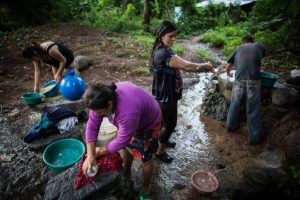
Promote Universal Understanding of Sustainable Lifestyles
By 2030, ensure that people everywhere have the relevant information and awareness for sustainable development and lifestyles in harmony with nature. GOAL 12.8
Conserve Coastal and Marine Areas
By 2020, conserve at least 10 per cent of coastal and marine areas, consistent with national and international law and based on the best available scientific information GOAL 14.5
Conserve and Restore Terrestrial and Freshwater Ecosystems
By 2020, ensure the conservation, restoration and sustainable use of terrestrial and inland freshwater ecosystems and their services, in particular forests, wetlands, mountains and drylands, in line with obligations under international agreements GOAL 15.1
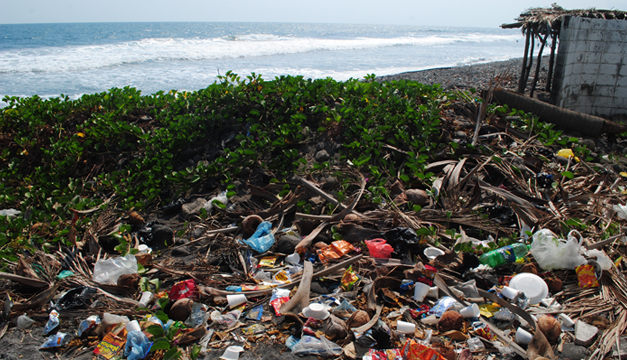


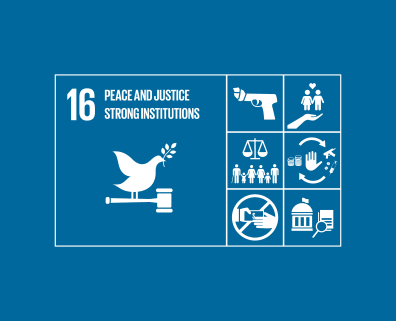

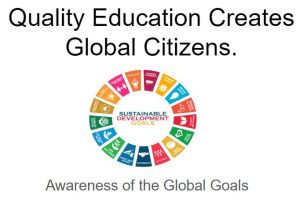
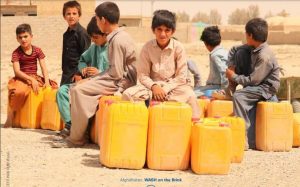
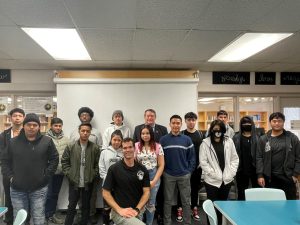



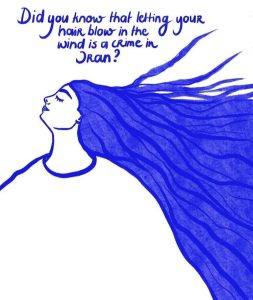
LionHeart1027 • Sep 4, 2019 at 9:11 am
While I agree that pollution on the beaches of El Salvador is a problem, I think this issue is global. Even here the US we are having the same issues. People are taking too long to realize how the decisions they make are affecting our environment and the world we live in. Pollution is not only affecting the lives we live today but future generations as well. This problem isn’t even limited to humans themselves but aquatic and land animals as well. The true solution lies in us waking up and seeing that things aren’t going to get better as time goes on but much worse if nothing changes in the way we are currently doing things.
dancingfingers • Jun 6, 2019 at 1:03 pm
I am from El Salvador the problem in El Salvador is in the beach. I think that this article is very good. El Salvador is a very beautiful country but many time the country is like that because the people throw the trash in the beaches beaches but the problem is the contamination that we do ourselves and that is a problem for the environment and affects us all. The people needs to be influential and not pollute the environment. we have to take care of the planet earth.
Avelar V • Jun 3, 2019 at 10:02 am
Thank you for taking the time to expose the problem that is in El Salvador, but if the government do not help or the neighbor as El Salvador will understand and know if what he does is good if they are not in charge of demonstrating what the Savior is going on the beaches since they do not even have a dump for so much garbage and the government only see theirs and they do not deserve if they put at least one garbage dump on each beach and a garbage truck that picks it up, for example, why not Does a garbage truck pass by every afternoon?
that would generate a source of employment and a group of people picking up trash and the students teaching them where to throw the garbage.
turbo • May 29, 2019 at 10:34 am
educate***
turbo • May 29, 2019 at 10:32 am
I believe the main reason behind why littering is a bigger problem in El Salvador as opposed to the US, for example, is merely because the citizens of El Salvador don’t know about global warming, and the harmful effects littering has on the environment. As I wrote about in my article “Earth Day & UN Global Goals”, the US and some other nations are raising awareness of global warming and education the people on the harm littering is doing to our planet. Earth Day was made merely for this cause.
lewy911 • May 29, 2019 at 9:29 am
hey I appreciate that you took some time to talk about the trash in a El Salvador. while I am from El Salvador i know this is a big problem. I think this is why a Salvador does not have a great country. we need to be better so the country will look better too. we have to take care of our pollution.